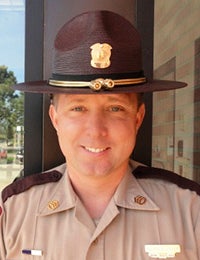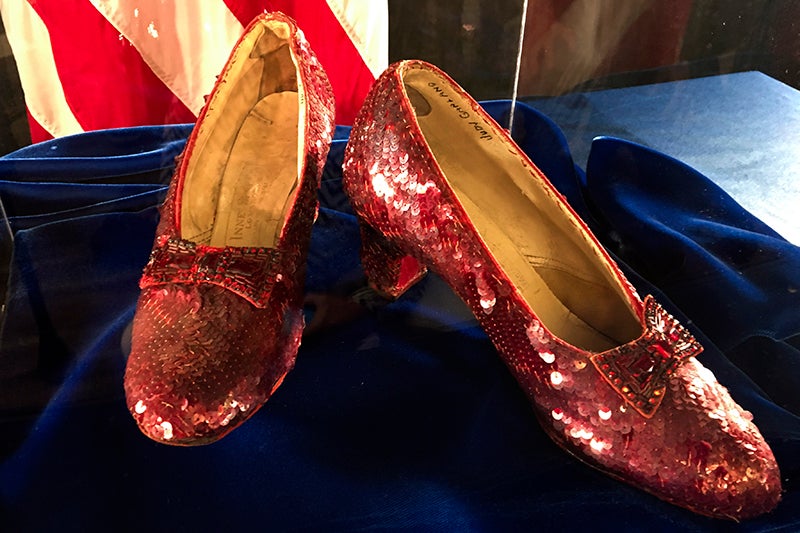Ask a Trooper: Are lights required when driving in fog?
Published 8:45 pm Friday, February 2, 2024
|
Getting your Trinity Audio player ready...
|
Ask a Trooper by Troy Christianson
Question: I have noticed cars that can’t be seen in the day when they fail to turn on their lights on during the recent fog. Can you please explain how dangerous it can be and what the law is that covers this?
Answer: Minnesota law states that every vehicle on a roadway shall display lighted headlamps, lighted tail lamps and illuminating devices from sunset to sunrise. The law also applies when it’s raining, snowing, sleeting or hailing and at any time when visibility is impaired by weather or insufficient light, at a distance of 500 feet ahead.
During the recent snow event, I noticed many vehicles without their lights on during the heavy snowfall. This can create a very dangerous situation, especially when visibility is reduced. Being seen can help reduce your chances of being involved in a crash.
Basic automatic headlights work through sensors which detect the amount of light outside. These sensors are located on the dash of the vehicle. The headlights turn on when the sensors detect a certain level of darkness or the level of ambient light.
The problem can be the limitations to automatic headlights. Sometimes they do not turn on during heavy rain, snow or fog, as the light sensor still detects light.
Most vehicles retained the conventional headlight switches, which allow drivers to turn lights on or off to bypass the sensors. Many drivers fail to physically turn on their headlights, which will also activate the rear taillights and marker lights. Drivers might assume the sensors will activate all of the vehicle’s lights in reduced visibilities, but that is not always the case.
If your wipers need to be on, you should also turn on your headlights, taillights and marker lights. When lights are required, manually turn on your headlights to know that all your lights will be on. Also, make it a habit to check your lights often to ensure they are properly working.
You can avoid a ticket — and a crash — if you simply buckle up, drive at safe speeds, pay attention and of course, drive sober. Help us drive Minnesota toward zero deaths.
If you have any questions concerning traffic-related laws or issues in Minnesota, send your questions to Trp. Troy Christianson, Minnesota State Patrol, at 2900 48th St. NW, Rochester, MN 55901-5848; or reach him at Troy.Christianson@state.mn.us.
Troy Christianson is a sergeant with the Minnesota State Patrol.





